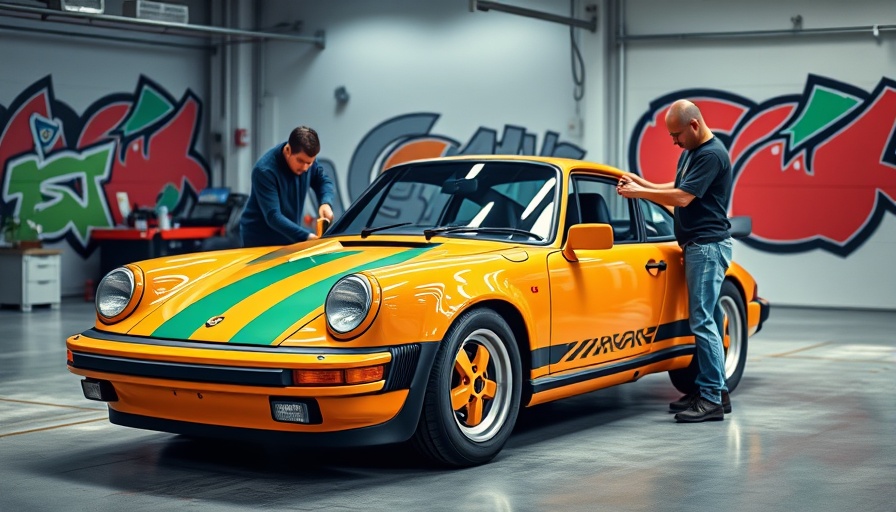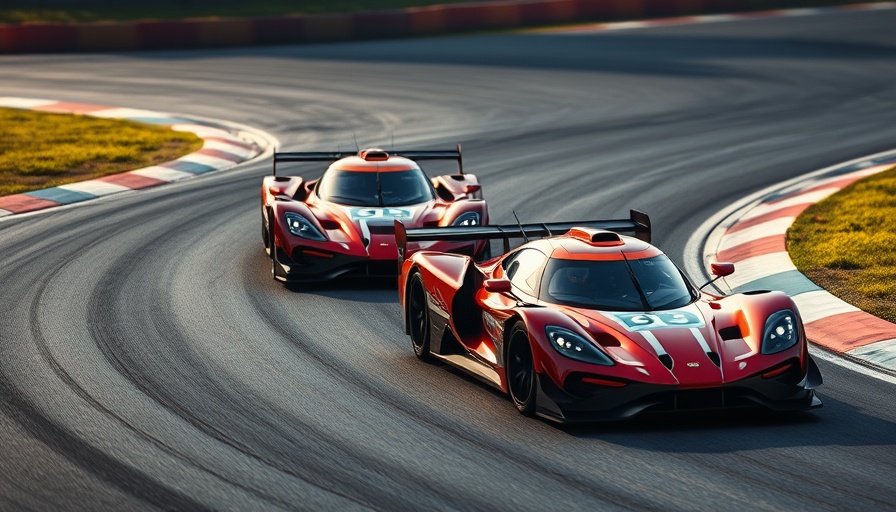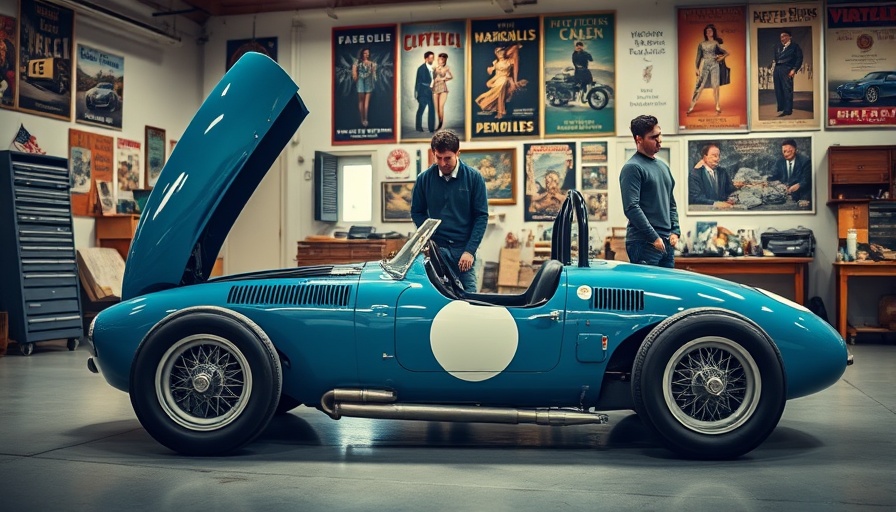
Revisiting the Iconic American Muscle: The 2025 Mustang GTD
The 2025 Mustang GTD is not just another vehicle; it’s a landmark that pays homage to a storied history while steering into the future of automotive performance. As society advances, the way we perceive classic cars is evolving. In Jay Leno's exploration of this powerful machine, we see both nostalgia and innovation intertwined.
In Jay Leno's Garage, the 2025 Mustang GTD takes center stage, showcasing its performance and potential while igniting discussions that inspire deeper exploration.
Performance Meets Style: What Makes the Mustang GTD Stand Out
The Mustang GTD isn't just about speed; it's about delivering a sensational driving experience. With a refined exterior design mixed with aggressive lines, Ford captures the essence of performance vehicles that enthusiasts yearn for. Sporting an impressive engine capability and sophisticated features, this model promises exhilarating journeys combined with top-tier technological advancements.
The Future of Automotive Engineering
In the intricate realm of automotive engineering, vehicles like the Mustang GTD showcase the marriage of tradition and technology. As car makers focus on sustainability while retaining performance, the 2025 Mustang is anticipated to lead in terms of hybrid capabilities without compromising its muscular roots. This shift toward efficient energy consumption is pivotal, especially in a world increasingly fixated on reducing carbon emissions.
Car Maintenance: Keeping the Mustang GTD Performance-Ready
Owning a high-performance vehicle like the Mustang GTD entails regular upkeep to preserve its stunning functionality. Here are some car maintenance tips to ensure your Mustang remains in peak condition:
- Oil Change Tips: Regular oil changes help maintain engine health. Aim for an oil change every 5,000 to 7,500 miles, depending on driving conditions.
- How to Check Car Fluids: Regularly inspect oil, coolant, brake fluid, and transmission fluid levels. Low levels can lead to overheating and decreased performance.
- Tire Rotation Tips: To ensure even tire wear, rotate your tires every 5,000 miles. This not only prolongs tire life but enhances handling and safety.
- Brake Maintenance Tips: Regularly inspect brake pads and rotors. If you notice a squeaking sound, it might be time for a replacement.
- Engine Maintenance Guide: Regularly check air filters and spark plugs. Clean air filters improve fuel efficiency and engine performance.
Embracing New Technologies in Performance Vehicles
The automotive industry is at a transitional point, with electrification becoming a significant trend. The 2025 Mustang GTD is expected to include features such as regenerative braking that can improve energy efficiency, especially in an environment where eco-consciousness continues to grow. This technological evolution signals a new era for muscle cars where performance does not need to come at the expense of the planet.
Insights from Jay Leno’s Garage: What Drives the Passion?
In Jay Leno's Garage, the Mustang GTD isn’t just examined through a technical lens; it’s celebrated as an icon beloved by many. Leno’s passion for cars shines through as he reflects on the emotional connection people have with vehicles like this Mustang. It’s these connections that make the automotive world exciting, as fans and collectors alike share stories, experiences, and a love of innovation and design.
Conclusion: The Timeless Allure of the Mustang
The 2025 Mustang GTD represents more than just a new model. It is a testament to Ford's commitment to the classic American muscle car while embracing the innovative horizons of tomorrow. For car enthusiasts, maintaining a high-performance vehicle requires knowledge, dedication, and a bit of heart. As we take cues from Jay Leno's insights on the Mustang GTD, we appreciate not only the engineering feats but also the stories and passion behind every turn of the wheel.
 Add Row
Add Row  Add
Add 




Write A Comment